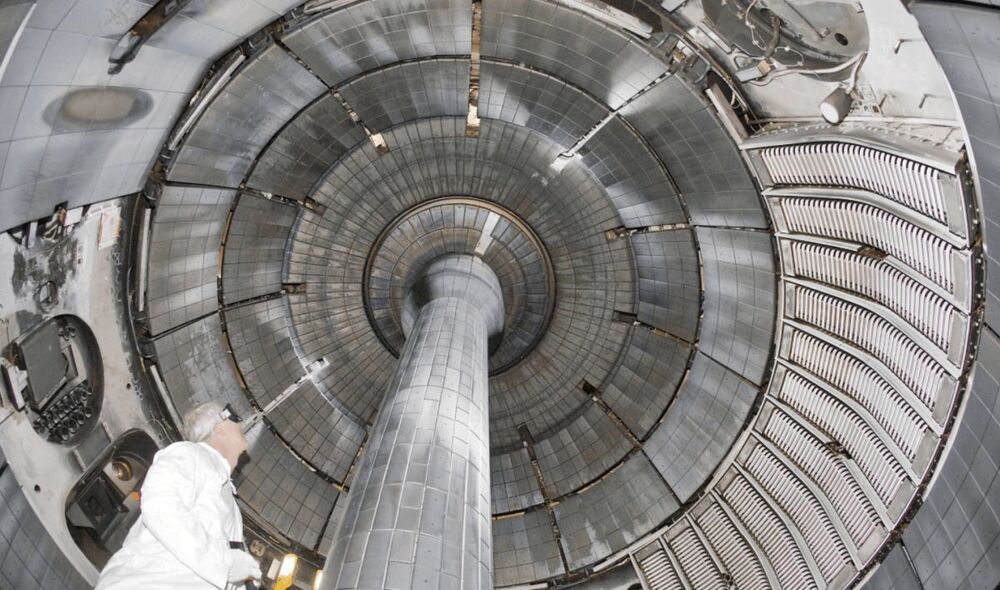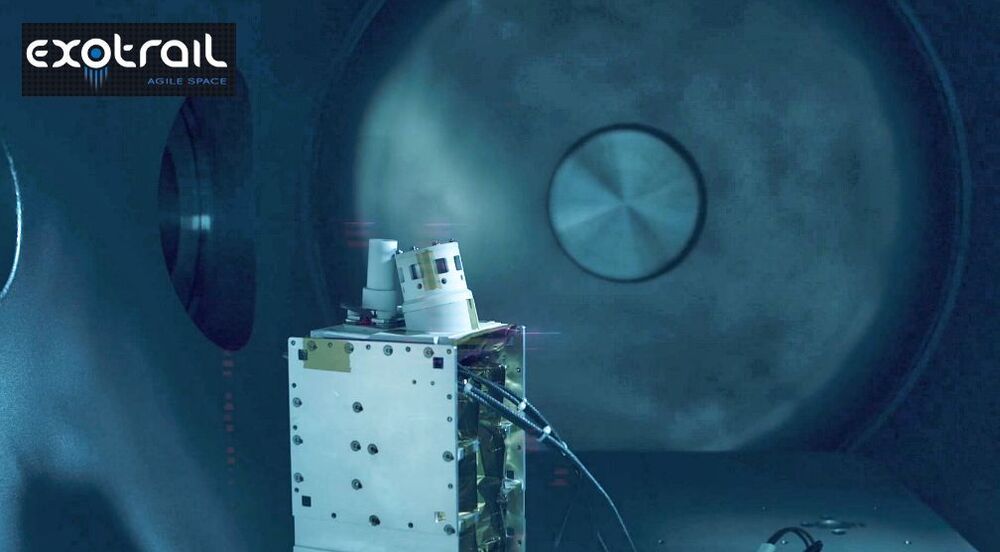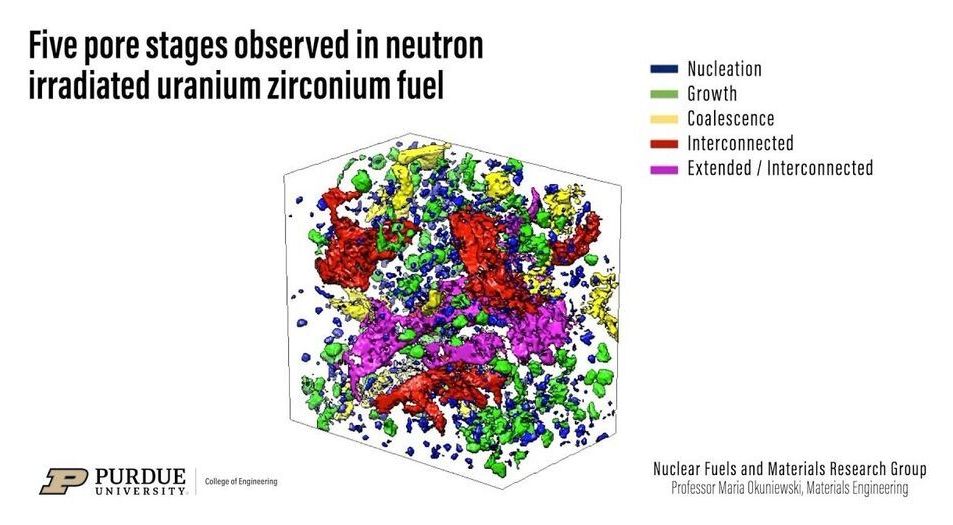Jan 20, 2021
Malwarebytes said it was hacked by the same group who breached SolarWinds
Posted by Quinn Sena in categories: government, security
Our internal systems showed no evidence of unauthorized access or compromise in any on-premises and production environments.
Our software remains safe to use, Kleczynski added.
After today’s disclosure, Malwarebytes becomes the fourth major security vendor targeted by the UNC2452/Dark Halo threat actor, which US officials have linked to a Russian government cyber-espionage operation.


















